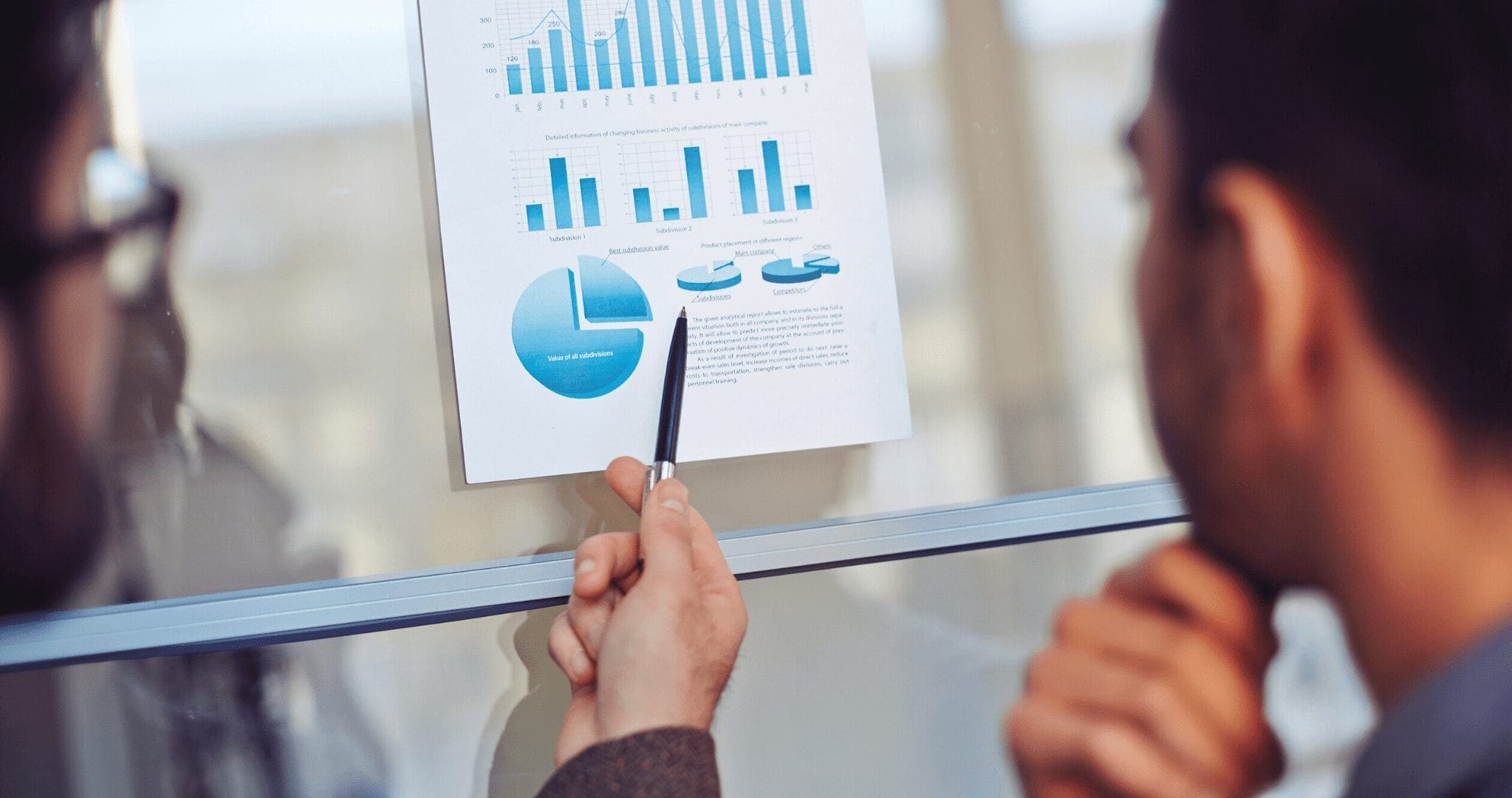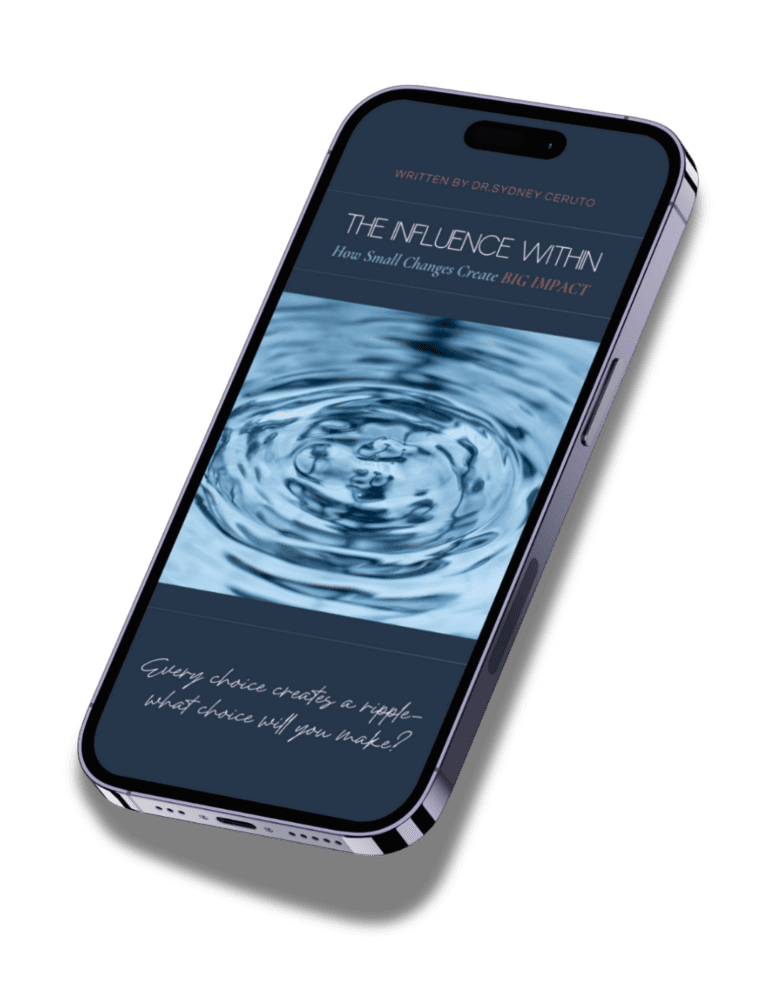Analysis paralysis is the act of over analyzing or overthinking a situation so that a decision or an action is never taken. In effect, you’re paralyzing the outcome. You’re becoming your own obstacle, your own roadblock on your path to your big goals and dreams. Why do we do this? Why do we overanalyze and overthink our situations?
Well, with access to Google right at our fingertips, we can now research every option available to us to no end and we can spend hours and hours doing this only to find ourselves later on feeling more confused than when we started. Then we don’t know what the right choice is. What’s the right decision? What should you do next?
The phrase paradox describes that while increased choices allows us to achieve objectively better results, it also leads to greater anxiety, indecision, paralysis, and dissatisfaction. Instead of helping us make better choices, our unlimited access to information often leads to a fear of making the wrong choice, which then leads us to analysis paralysis.
This is just us spinning our wheels while we go nowhere on important projects. It’s really easy to get stuck in the thinking and planning phase of your goals and your action items. There’s so much information, it’s easy to overload yourself with information on how to do something or what you need to do next. Information isn’t scarce, but the will to get something done with that information is. That’s the analysis paralysis I am referring to.
We have what’s called a working memory, which is a short-term memory that keeps all the information we need for the task we’re working on. This working memory has limited space. It can easily be overloaded and filled with lots of information.
Studies have shown that anxiety greatly lowers your performance on cognitive tasks that rely on your working memory. The higher pressure you feel and the more you want to perform well, the worse your working memory suffers. This is because anxiety and pressure generate distracting thoughts about the task. These take up so much extra space in your working memory when this space could really be used instead to actually complete the task.
Your decision-making style has a big impact on how happy you are.
There are actually two types of decision makers. Maximizers and Satisfiers.
Satisfiers make a decision once their criteria’s been met. When they find the rental car or the piece of fruit that has the qualities they want, they’re satisfied. They don’t stand in the grocery store and overanalyze and try to figure out if there’s something else better out there. It doesn’t mean that they don’t think through their decisions, it just means they know what they want, they find it out, and then they act.
Now in contrast, maximizers want to make the best possible decision. They painstakingly analyze all the options. Even if they see a car that meets all the requirements, they can’t act on it until they’ve examined every option. This causes them to sit and have analysis paralysis.
You actually do have the ability to decide what you think, or you can choose not to think. A vast majority of your thoughts throughout the day aren’t really that useful and you can actually ignore most of them. The ones that are useful, are when you are thinking about how you can solve problems or understanding and internalizing knowledge. Awareness is the key to stopping these useless thoughts. When you find yourself drifting into random thoughts, just become aware of it and observe your thoughts. Don’t judge it, don’t judge your thoughts, don’t judge yourself, just be aware of them and get back to more useful thoughts.
To stop overthinking you need to treat each decision as an experiment. An experiment that can be approved upon later. This approach allows you to make quicker decisions because you know that your decision may not be the perfect solution but again, it can be improved upon later. Nothing is perfect and few things are truly permanent.
Why not make a series of small, experimental decisions that might lead you to a better final outcome. Rather than looking at your decisions as one big time leap, consider if you could make a series of smaller decisions leading up to your big decision. A small shift of momentum can snowball or domino into a larger shift, which can bring you out of your paralysis and take away the thoughts of making it the perfect “big leap”.
You have to recognize that nothing will ever be perfectly aligned. There will always be more information to learn and no decision will ever be perfect. Remember that just because you arrive at one conclusion doesn’t mean you can’t ever adapt to a new one. The productivity paradox here is that learning to make better decisions means you have to become comfortable with a little sense of doubt.
Here’s what I want you to take away from this. Results come to those that act While others are analyzing the right way to generate results, you want to act. You want to act by making the good choice, by making the choice that’s best for you without overthinking it, without paralyzing yourself with too much information. The two most important requirements for major success are first, being in the right place at the right time and second, doing something about it.
Actions however big or small slowly alter things around you, like ripples in a pond. It’s not about the big actions, it’s about the small steps you take to create those ripples. Start before you feel like you’re ready. It’s tempting to collect a lot of information and to analyze each and every step you’ll take but the truth is, the most successful people did things before they were truly ready, and they learned along the way.
So when you don’t want to attempt something new because you’re afraid of failing, or you think that everything has to be perfect before you start, and use the less-than-perfect conditions as an excuse for not starting, you need to realize you are suffering from analysis paralysis.
How to Overcome Analysis Paralysis
The main things to remember when it comes to dealing with this issue is as follows:
• If you have an idea, just do it. Of course, you probably DO take time to think about your idea and analyze it but try to at least give yourself a deadline for the planning part and then execute even if you’re not 100% ready. When you are in the moment, remember that who you are is probably not the type of person who is likely to blurt out something stupid or irrelevant. So, trust that part of yourself, but don’t let it block you.
• Understand that whenever it comes to creative ventures, you’ll never be truly ready. The important part is the process, and opportunities will only start to open up once the rubber hits the road.
• Learn from the process. There will be failures and some of those will be discouraging, but don’t let them get in your way. Use them as data points for your experiment and iterate your process to improve it.
Speak to your best self
When we are in a place of analysis paralysis, it is often self-doubt and our wavering confidence that gets us there. Our ‘inner critic’ and negative thoughts start to play tricks on us and ultimately confuse us.
I have found that asking a variation of the below questions can help me find clarity and refocus in these situations.
• What would I decide if I loved myself more?
• What would I do if I was my most confident and inspired self?
• If I was the best and most confident version of myself, what decision would I make, or what action would I take to help me find clarity or decide?
Sometimes reminding ourselves to consider decisions from a place of love and appreciation, rather than from a place of fear and self-doubt, can reveal what it is that we truly want to do. We are often much clearer about what we want, than what we think.
Start taking steps now
I believe this is the most important step. In order to break free of paralysis by analysis, you have to take steps now. You have to act. I have found that when I am most stuck, it can help to ask myself “What is one step, small or big, that I can take right now to help me move forward or find a bit more clarity about this?” By taking steps in a direction, even if we’re not sure whether it is the right direction, can open and close doors that bring about so much clarity and inspiration.






